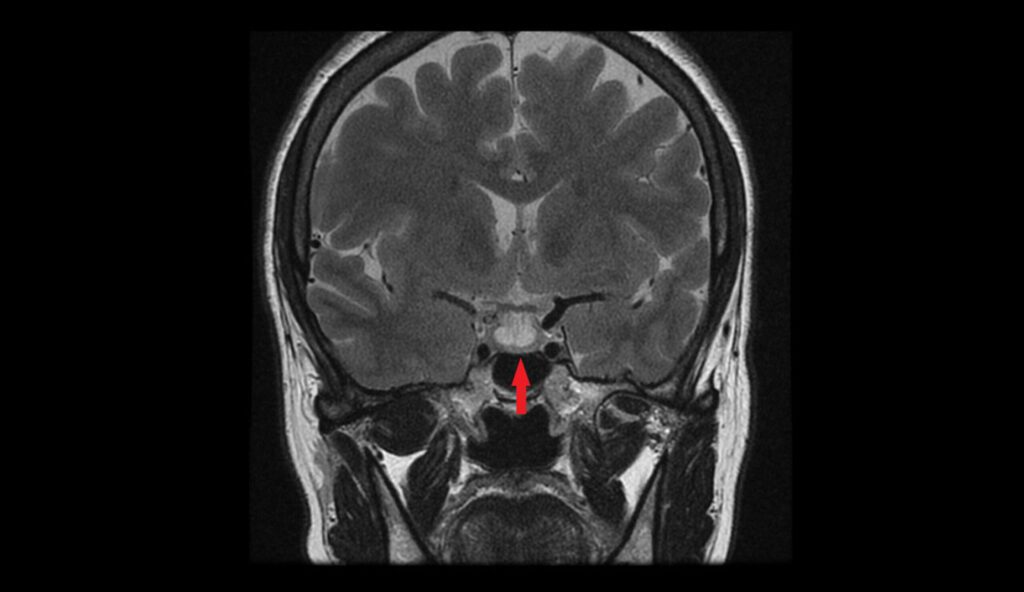
Probing Prolactin: When High Levels Raise Red Flags
We are excited to see so many of you join our FMEP courses. Several of...
0
Just a reminder… pay attention to the questions. Here are our general tips one more time:
1. Pay attention to the questions. Look carefully at how many items you are being asked to list. If the question asks for five items, you will not get more marks if you list eight items; the examiner will look at the first five and allocate marks only for the first five answers – so be careful. On a SAMP, if it is not clearly stated how many items you should list, look at the amount of points/marks being allocated for the question to get an idea of how many answers the examiner may be anticipating you write down.
2. Do not write lengthy answers. Most questions can be answered in 10 words or less!
3. Be specific when writing down investigations (hemoglobin instead of CBC; CT abdomen instead of CT).
4. Remember that trade names and generic names are both acceptable when writing down medications.
5. For more helpful tips, you can refer to CCFP’s SAMP instructions by clicking here.
SAMP
A 32 year old G1P0 female comes into your family practice clinic. She is 8 weeks pregnant. She is feeling tired and wonders if this is part of pregnancy or if her iron levels are low. She tells you she had iron deficiency anemia when she was in her 20s but that improved and she was asked to stop her iron medication shortly after. She is otherwise healthy. She is taking prenatal vitamins daily. (9 points)
1. True or false: Iron deficiency is common in pregnancy. (1 point)
2. When should Hemoglobin and Ferritin be checked during pregnancy? (1 point)
3. What Ferritin level is diagnostic for iron deficiency? (1 point)
4. What are two parental iron options in pregnancy? (2 points)
5. What are three oral iron options in pregnancy? (3 points)
6. When should ferritin be rechecked after starting oral iron? (1 point)
Helpful CMAJ Resource:
https://www.cmaj.ca/content/cmaj/193/29/E1137.full.pdf